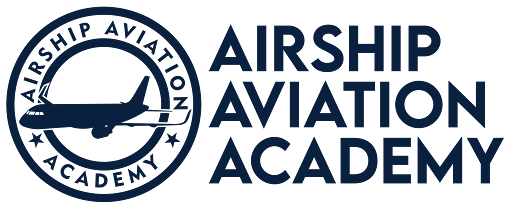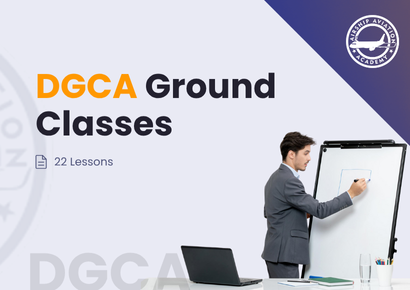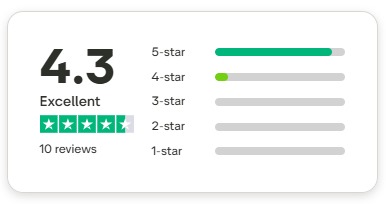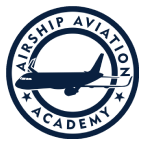Currently Empty: ₹0.00
Online DGCA Ground Classes
Airship Aviation Academy offers DGCA Ground Classes designed for aspiring pilots preparing for the DGCA written exam. With experienced instructors and structured classroom training, students receive thorough preparation supported by regular assessments, mock tests, and updated study materials.

Online DGCA Ground Classes
Airship Aviation Academy offers DGCA Ground Classes designed for aspiring pilots preparing for the DGCA written exam. With experienced instructors and structured classroom training, students receive thorough preparation supported by regular assessments, mock tests, and updated study materials.
Online Learning Platform for
DGCA Exam Preparation!
The DGCA CPL ground classes cover major subjects like Air Navigation, Aviation Meteorology, Air Regulation, and Technical topics to prepare students for the Commercial Pilot License exam. Our online DGCA coaching classes cover aspects such as reading aeronautical charts, understanding weather impacts, and following aviation laws.
Our DGCA ground course also includes Radio Telephony (RTR) training, focusing on clear communication between pilots and air traffic control. Our DGCA classes ensure students learn concepts about flight rules, aircraft handling, and safety protocols.
Why Choose Our DGCA Online Classes?
We believe in individualised learning. With our DGCA ground classes online, we address the strengths and areas for improvement of our students.

24/7 Accessibility
Learning
If you miss any of the live DGCA classes, we provide recorded sessions that are available 24/7. With our online classes for DGCA exams, learning is flexible and accessible.

DGCA Mock
Tests
Our mock test series includes a wide range of questions from previous DGCA exams, helping you understand the exam format & the types of questions you’ll encounter. Plus, our DGCA Mock Tests series makes you confident in facing real exam scenarios by simulating time-bound conditions.

96% Success
Rate
With a 96% success rate, we have developed a proven course structure and strategy that helps students pass the DGCA examinations on their first attempt.
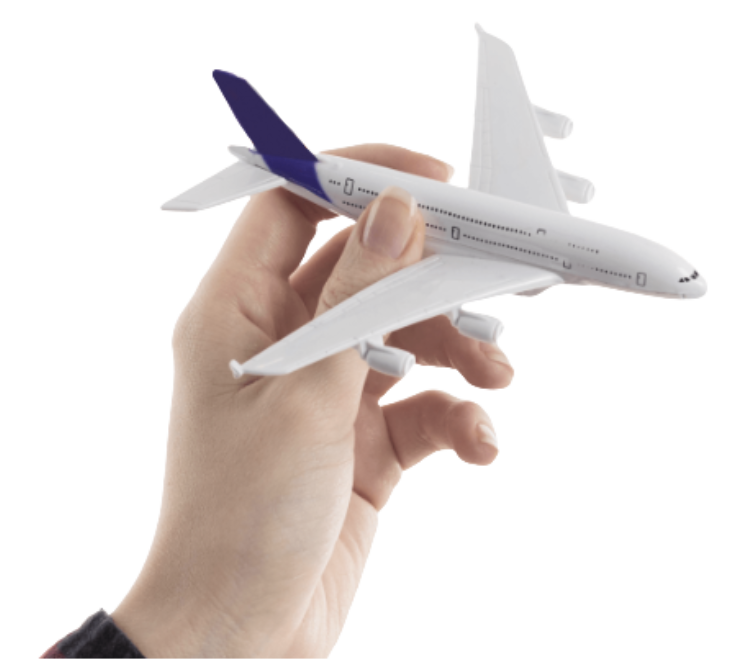
Frequently Asked Question
Queries That We Get from Our Students!
Our classes cover the main subjects required for the DGCA exams, including Air Navigation, Aviation Meteorology, Air Regulations, and Aircraft Technical General. Each topic is covered in detailed, structured lessons that include core concepts, problem-solving techniques, and real-world examples.
Yes, we include a specific module for Radio Telephony (RTR) training. It teaches students how to communicate properly with air traffic control using standard aviation phraseology. We provide sample conversations, practice exercises, and simulated sessions to help students prepare for the RTR exam and for real-world flight operations where clear radio communication is essential.
We focus on structured learning with consistent support. Our TRIs stay involved throughout the course, providing guidance, answering questions, and helping students overcome challenges. Plus, our mock tests and recorded sessions give you flexibility. We do not follow a fixed pace for everyone; students can review material at their own speed and get help when needed. We stay updated with DGCA guidelines and exam changes so that students always receive the latest information.
A Class 1 and Class II Medical Certificate is compulsory for the DGCA exam, ensuring pilots meet strict health standards. The exam includes vision, hearing, cardiovascular, and neurological tests, conducted at DGCA-approved centers via the eGCA portal.
To pass the DGCA exam, candidates must score at least 70% in each subject. This applies to all theory papers, including CPL and ATPL. Proper DGCA exam preparation online is essential to meet this requirement.
The DGCA exams are conducted online through the Pariksha platform and consist of MCQ-based questions. Subjects include Air Navigation, Meteorology, Air Regulations, and Aircraft Technical General. Enrolling in DGCA Ground Classes online can help with effective preparation.
